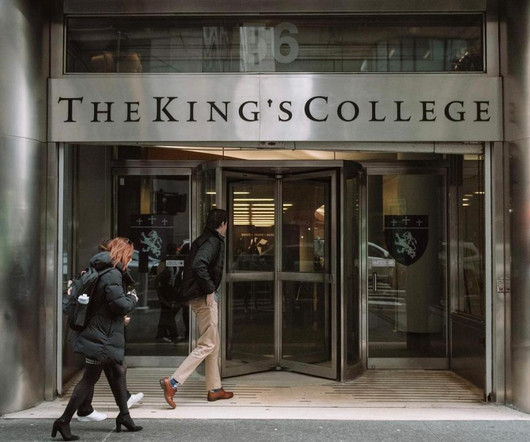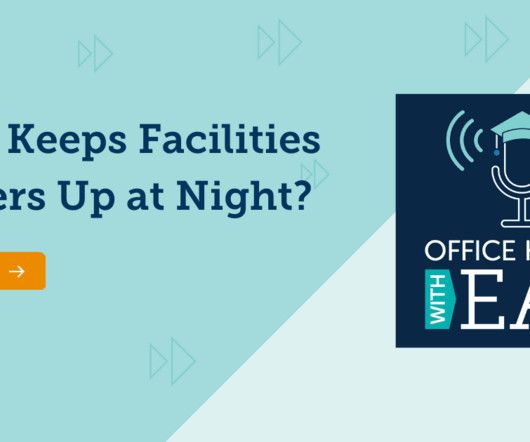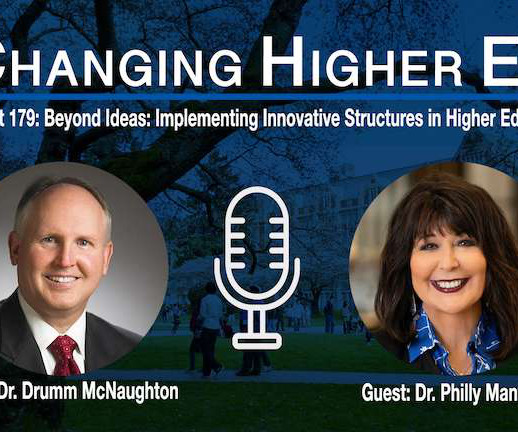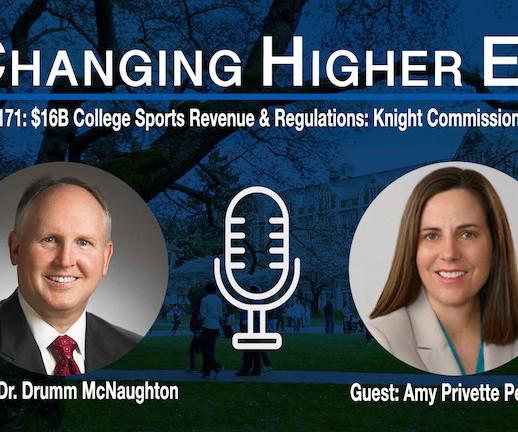My 2025 Higher Ed Finance Reading List
Robert Kelchen
JANUARY 2, 2025
To add to the excitement of the coming few months, I have the pleasure of teaching my PhD class in higher education finance again. I use articles, working papers, news coverage, and other online resources to provide a current look at the state of higher education finance. Understanding budgets. 2019, December 9).
























Let's personalize your content